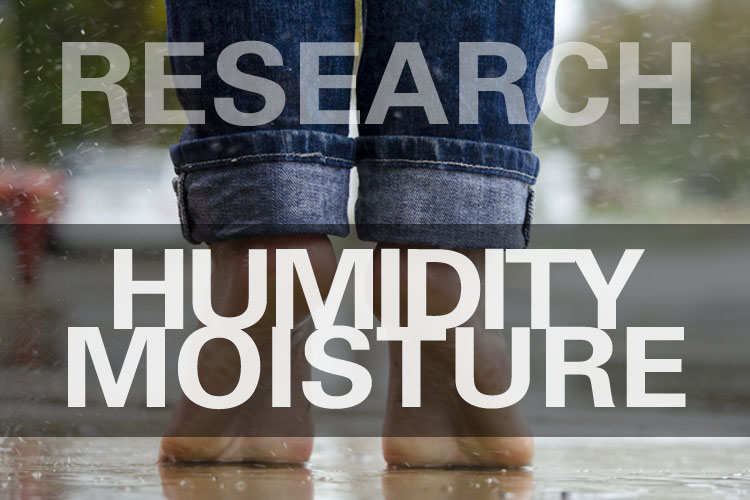Straw bale construction can be utilised to deliver energy-efficient and low carbon buildings, however, there are concerns over the durability of straw. The water sorption property is a critical factor in the degradation behaviour of straw and other lignocellulosic materials. Typically, either wheat or rice straw is utilised for bale construction, however, this variation is not considered.
This paper presents the sorption property of wheat and rice straw and the micro-structure that affects the sorption property. Although the surface and cross-sectional structures of the two straw species are different at micro-scale, the sorption isotherms were not significantly different. This study on the water sorption property of rice and wheat straw allows for the assessment of durability within a wall construction. The impact of this research will be the growth in low carbon energy efficient straw bale construction with confidence over its long-term durability characteristics.
Authors:
- Yin, Xunzhi
- Lawrence, Mike
- Maskell, Daniel
- Ansell, Martin
Link: http://www.sciencedirect.com/science/article/pii/S0378778817332152



